A few decades ago, when environmentalists were strongly raising their concerns over the impact that industrialization and human activity caused on our water resources such as rivers, seas, lakes and oceans, a common man could not have fathomed that these future predictions would become a horrid reality. here we will be discussing various categories of water pollution.

Today, despite the fact that water covers three-fourths of the earth’s surface, we are facing a dearth of fresh drinkable water. Less than 3% of water is the kind we can consume. Out of that, most is locked away in glaciers.
After observing the current trends of water pollution, environmentalists have estimated that over two thirds of the world’s population will face an acute shortage of water by 2025.
The question is, if water constitutes 70% of the earth, then why does it not suffice for the remaining one third? Why is it still inadequate? Why is it that 2.7 billion people across the world find themselves facing water scarcity for at least one month of the year?
categories of water pollution
The answer lies in two words – population and pollution. Our waters are contaminated because the human population is growing exponentially and with that grows human need – the need for sanitation, the need for hygiene, the need for more and more products.
In a nutshell, the demand increases and so does the number of industries which provide solutions for these demands. The growth of industries leads to the emission of toxic wastes in the environment. But water pollution is not confined that.
Little human activities contribute to water pollution in ways we could not have imagined – our beach visits result in littering the water bodies with plastics, our drainage systems lead the sewage straight into the rivers (the waters of which we end up consuming), the oils and grease which come out of our cars seeps straight into the groundwater, our day to day detergents are washed away into our water bodies, our nuclear power plants shed their harmful radioactive wastes into water bodies, the fertilizers we use to grow more crops seep and fuse into the groundwater.
Read : Causes of water Pollution
The list is endless. Water contamination is affecting each and everyone – the rich and the poor alike. When water is contaminated, we cannot consume it and life eventually ceases to exist.
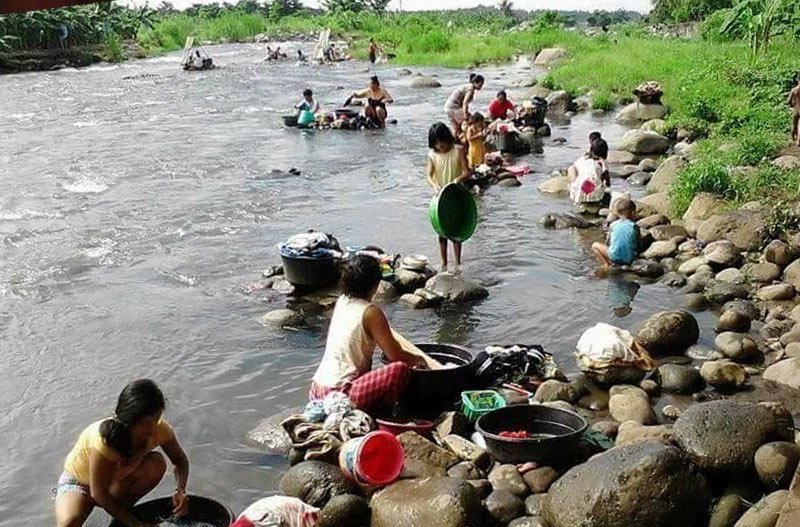
However, despite so much of information and awareness of water pollution, little is done to prevent or control it. We believe that in order to eliminate the menace of water pollution from our world, we need to break it down and understand it. Where does it come from? What are all the activities which directly or indirectly lead to it? The science of understanding this is broad and wide.
If started today, it will take decades to eradicate all current practices of water contamination. But as they say, the journey of a thousand miles begins with ONE step. If each individual on planet earth pledges to stop water pollution on an individual level, the day we eradicate it will not be far away.
Read : Importance of water conservation
To begin with, let us understand the various categories drinking water falls into and what are the things that contaminate it:
1. Ground water
Beneath the soil, the rocks contain certain aquifers, which host an adequate supply of what we call groundwater. This type of water is generally used for human consumption. It is safer to drink and easier to supply (even in remote areas) than surface water. What is amazing about groundwater is that it is naturally purified also enriched by layers of soil.
The water when pumped, passes through these layers which infuse their essential minerals and nutrients and filter out any pollutants present in them like harmful pathogens and chemicals. Groundwater found at a depth of more than 10 meters is more protected from many types of water contamination and is safer to drink. Natural factors like geology and soil makeup affect the quality of groundwater.

However, when excessive fertilisers, chemicals and the like are used on ground, they tend to contaminate this water resource because these chemicals seep into the ground and dilute in the aquifers.
Chemicals such as arsenic, selenium and boron are found in groundwater today. They render the water unfit for human consumption.
Even the plastics we bury in the ground affect the quality of water. Another startling example of groundwater pollution is acid rain. Even the smoke from factory chimneys (which is loaded with harmful chemicals) participate in cloud formation and the rain caused because of them causes groundwater pollution. Examples are many, understanding and awareness is a must.
Facts
There are 319 million people living in Africa who don’t have regular access to sustainable clean drinking water.
Read more facts : Water pollution in South Africa
However, when excessive fertilisers, chemicals and the like are used on ground, they tend to contaminate this water resource because these chemicals seep into the ground and dilute in the aquifers. Chemicals such as arsenic, selenium and boron are found in groundwater today. They render the water unfit for human consumption.
The groundwater, which we conveniently contaminate, even feeds our rivers, causing distress and suffocation of the marine life. The cycle of water pollution is a vicious one. It affects everyone, enters our food chains and water bodies which are connected to one another through one link or the other.
What is noteworthy is that groundwater is not evident. It is not visible to the naked eye, yet its effects are long lasting and equally dangerous to the existence of life.
2. Surface water
Surface water is the most common form of water. Everywhere we look, it’s there – in lakes, rivers, streams, seas and oceans. In fact, to put it in simpler words, any large evident water body is an example of surface water. This type of water is much easier to contaminate than groundwater. Also, its pollution is much more evident.
If you carefully observe, whenever the civil society talks about water pollution, they are referring to surface waters only. Rain water and groundwater barely cross anyone’s mind. Surface waters can be contaminated in a number of ways. In fact, any surface water that is to be used for drinking is often unsafe and must be treated before drinking.
Read More : Types of Water Pollution
The first and major one being regular rainwater runoff. Rain water used to be one of the purest sources of water. However, that is past tense now. Today, even the clouds are contaminated by the chemical laden smoke from the factories.
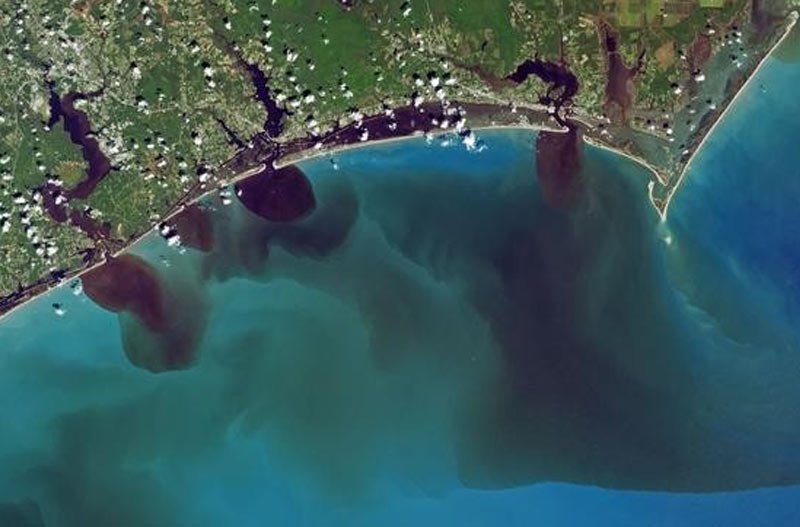
Read More : Water Recycling Process
If the cloud itself is contaminated, how can the water pouring from it be pure? In addition to this, the rainwater runs along the ground and can pick up things like human and animal feces, harmful chemicals, oils, grease, plastics, etc and deposit them in rivers, streams and lakes, thereby polluting them.
This type of pollution may not be instantly visible to the naked eye, but spread over a span of a century, it will certainly leave its make, which will be impossible to reverse. Rain water is not the only source of surface water pollution though.
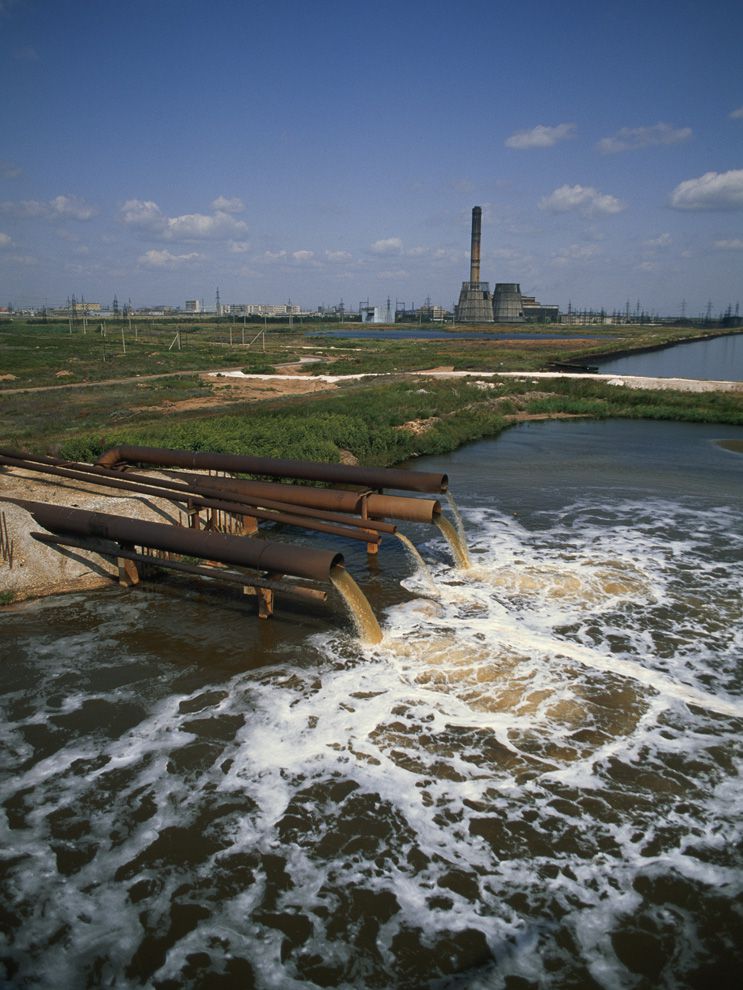
Another major categorization of surface water pollution is point source pollution.
As the name suggests, point source water pollution refers to those types of water contamination which make their way into the water bodies through an easily identifiable source, such as a pipe or a ditch.
This type of contamination is the most talked about because it is pretty much evident to the eyes. Point sources leave a very strong impact because they are discharged into the water bodies in very large quantities.
Their impact also depends upon their consistency. For example, an oil tanker tanker leak may contaminate the water body but it won’t happen everyday. On the other hand, sewage discharge from a sewage treatment plant will be disposed off into the water everyday in large quantities.
Facts
“More than 70 percent of China’s rivers and lakes are polluted, government reports have said, and almost half may contain water that is unfit for human consumption or contact.”
Read More Facts : Water Pollution in China
The former may look horrid, but the latter is no less. In fact, it is more dangerous. Also, it would be prudent to mention that the area where the point source operates is the area of maximum environmental damage. As you move away from the source of population, the impact will be reduced.
Factories and sewage treatment plants are classic examples of point source water pollution. Factories such as oil refineries, pulp and paper mills, chemical, electronics and automobile manufacturers, dispose off their residues and pollutants in their waters (these are popularly known as effluents).
Most of the factories (especially in developing countries) dispose their directly into a waterbody without even treating it to minimize damage. However, the developed countries are not free from this menace either. They do generally treat the waste themselves before it is released, but if the residues are higher in quantity, the excess is just dumped into the water.
The problem doesn’t just rest with the factories, it also includes the drainage systems of our cities. All the sewage is taken into a sewage treatment plant after being flushed from the home of a common man (who lives in oblivion). There, the human faeces are treated and the remains are disposed off into the water bodies.
However, studies reveal that whenever an area is overpopulated and the amount of sewage waste collected is greater than the capacity of the treatment plant, the wastes are just thrown into the water untreated. This has happened in the United States of America, United Kingdom and India alike. Such disasters make the quality of surface waters poor.
Obviously, a water body infected with sewage wastes and factory chemicals is not fit for human consumption. Consider this, if somebody catches a virus, their faeces will carry the same virus into your water body. When you consume this water, you too will be infected.
Another way some factories and sewage treatment plants employ to handle waste material is by fusing it with some urban runoff (stormwater, water which overflows over driveways, lawns, etc) in a combined sewer system. Because this water crosses many surfaces, it picks up chemicals and pollutants on the go. This untreated water then proceeds into a sewer system.
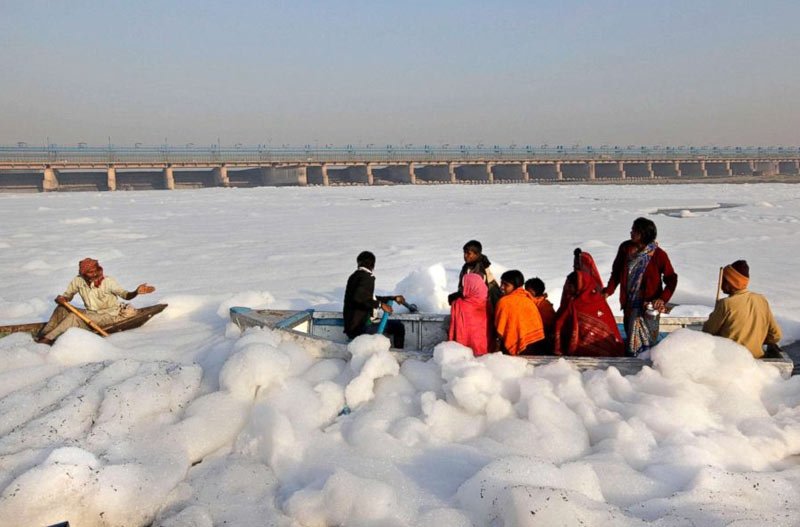
This system is all good till it rains excessively. A sewer system might not be able to handle large volumes of water, and hence, some runoff may overflow directly into surface water bodies without being treated. This overflow is considered to be a dangerous point source pollution, because of the severe damage it causes to human health and the environment.
Sometimes the ways in which water can be polluted can baffle the common man’s mind! Point sources discharge chemicals and wastes into the waters and no matter how mild or insignificant they may seem, they still are a hazard.
Another category of surface water pollution is non point source pollution.
Contrary to its counterpart, non point source water pollution refers to scattered sources which may not have one concrete outlet. These include runoff from agricultural lands, oils and grease coming out of your car batteries, fertilizers, beach littering and the likes. The amount of pollutant is small but it is consistent.
Hence this type cannot be ignored either. All of these pollutants find one way or the other to enter into the water bodies and once they enter, they infect the food chain.
3. Rainwater
Rainwater was once considered the purest form of water available for drinking, along with running water of fast flowing rivers. Rainwater (if free from pollutants) is safe to drink. In the good old days, people across urban and rural areas would catch rain (by fairly simple ways). They would collect and store it from roofs or within other rain catchment systems.
Read : How can water be recycled?
They would ensure that they have a clean storage vessel for its storage and that they treat it well before drinking. They would make it a point that they have the capacity to store large amounts of rainwater to assure adequate quantities are available during dry seasons. But alas, golden times do not stay.
As the environment changed, so did the quality of rainwater. Today, a drop of rain is nothing but an amalgamation of land, air and water pollution. A downpour of rain typically washes away all of the dirt, smoke and particles of the air and also cleanses the land of human and animal faeces, dirt, garbage, plastics and whatever humans have disposed off in the land.
The water cleanses everything but its own state becomes tarnished. This contaminated water then joins the river, or seeps into the soil.
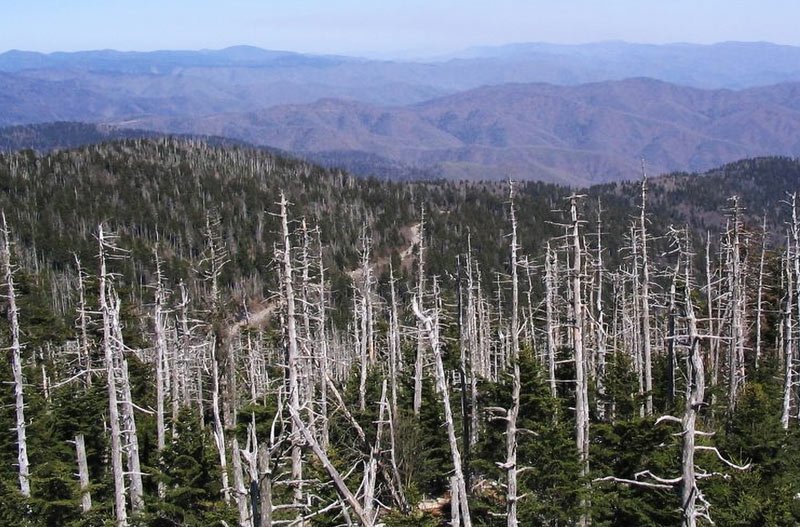
The categories of water pollution are so vast and complex that it may not be possible for a common man to eliminate them. But if everyone pledges to work towards it, the change WILL happen!

